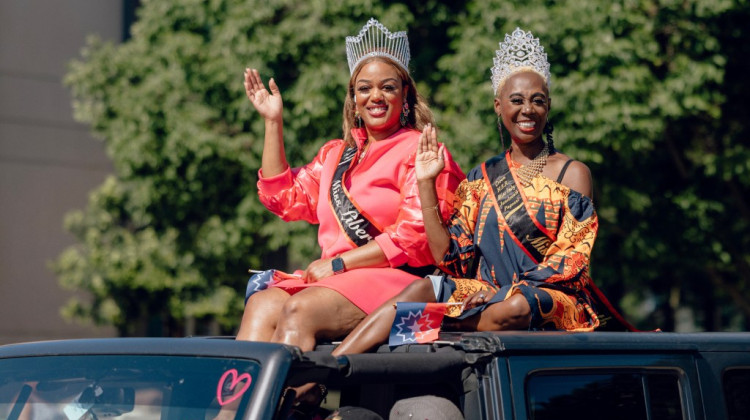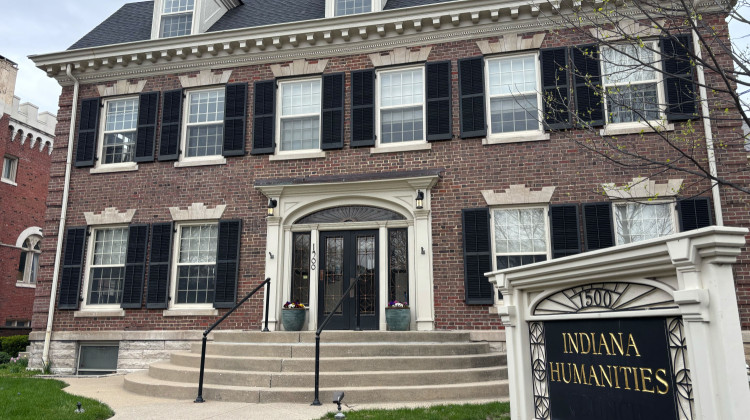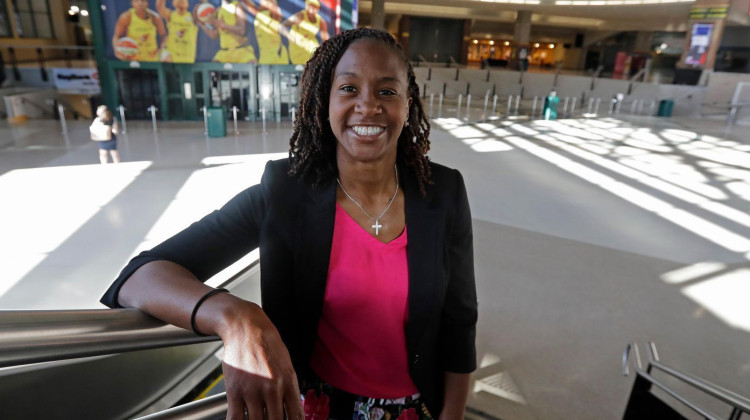Clowes Hall opened on October 18, 1963 with a concert from the Indianapolis Symphony Orchestra. The theater was designed in part as a home for the orchestra. Dr. George Clowes and his wife Edith also envisioned the space as a center of culture and entertainment.
Celebrating 50 years this week Clowes has not disappointed. More than 9 million people have enjoyed more than 10,000 performances in the hall including shows from legendary names like Bob Hope, Barbara Streisand, Elton John and Miles Davis.
On its actual birthday, Clowes Hall will host a performance of the new musical Ghost Brothers of Darkland County. Created by Hoosier rocker John Mellencamp and writer Stephen King.
Just in time for its birthday, Clowes has received a facelift that includes new carpet, seats, acoustical improvements and a new art exhibit.
"It's a very large installation and it uses our mission statement for the 50th, reflecting the past and having the present visual the future of the arts," says director of marketing at Clowes Hall, Josh Lingenfelter.
Lingenfelter explains that the theater also serves as an important space for K-12 educational programming staging shows for thousands of students every year.
Next week a string of events are planned to help highlight the milestone starting with a public open house on Sunday. WFYI Public Television will broadcast the documentary “The Show Goes On: Clowes Memorial Hall at 50” Monday, October 21 at 7:30 p.m. on WFYI 1.
A complete list of programs can be found online at cloweshall.org.
 DONATE
DONATE









 Support WFYI. We can't do it without you.
Support WFYI. We can't do it without you.